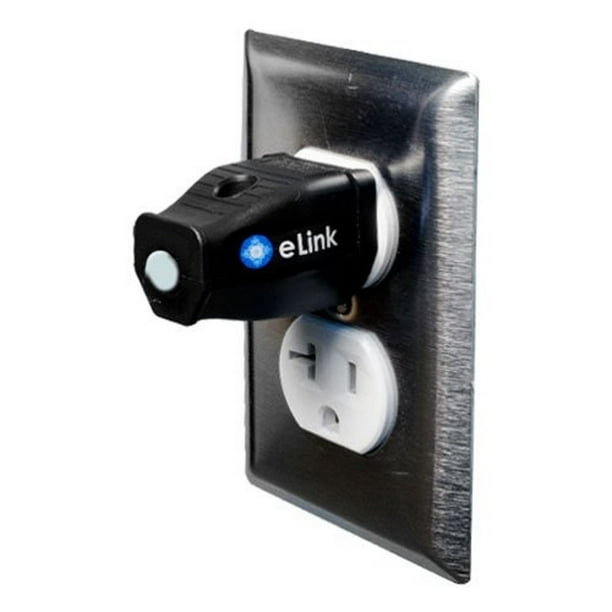This article covers the topic of 5G radiation. It is a non-ionizing electromagnetic radiation. Because 5G radiation is small, it doesn't have the capacity to break chemical bonds in biological tissues or trigger any modifications to cells. It is not known if 5G radiation affects the risk of skin cancer, and there is no evidence that exists to suggest it may cause other illnesses.
5g radiation poisoning -frequency millimeter wave radiation
High-frequency millimeter-wave radiation from mobile devices and wireless networks could cause adverse health effects for human beings. There are several ways this radiation could cause harm. In some instances the radiation could cause damage to a person's DNA. In 5g radiation poisoning could cause damage to other parts in the human body such as the brain.
Recent research has revealed that 5G technology could induce thermal heating in tissues. This is why the International Council on Non-Ionizing Radiation Protection (ICNIRP) has asked for a review of the existing standards for biological and thermal safety. The current exposure standards don't protect people from overheated heat exposure in the event of exposure to pulsed millimeter wave radiation.
Skin cancer risk
There is no definite answer at present to the question of whether 5G radiation causes skin cancer. It is however believed that RF-EMFs from 5G behave like high-LET ionizing radiations. As a result, they may cause excessive levels of free radicals in the skin. The FCC has not issued any specific guidelines on the potential dangers associated with 5G technology. The debate is ongoing.
Although there has been a variety of studies on the effects of higher-frequency radio waves on human health, these studies have been largely limited in their scope. However, there is concern over the effects of millimeter-wavelength exposure on oxidative stress and gene expression. These effects may extend to the skin and other organs, including the brain.
Influence on other illnesses
The latest generation of technology for wireless, called 5G, is rapidly expanding however, scientists are warning of the potential health risks it could pose. The technology will significantly increase the quantity of electromagnetic radiation that is found within our environment. This is a problem that has caused debate in several nations, including Switzerland. In September 2017 390 scientists and doctors supported a motion for the suspension of 5G technology. This call was ignored by the European Commission, which is in charge of monitoring the use of technology like 5G.
As a result there is a need for more research to assess the health effects of 5G. In the meantime, studies have shown that 5G does not cause the same effects in humans as radiofrequency from the older mobile networks. It also does not spread an entirely new strain of coronavirus. Additionally it doesn't make people more susceptible to infections caused by viruses.


The measurement of exposure
Monitoring exposure to radiation from 5G is a crucial aspect of the security of 5G networks. There are two methods to gauge exposure. One is to measure the RF power absorbed by human tissue. Another is measuring the amount of radiofrequency energy produced through an object. Radiofrequency energy (RF) refers to an electromagnetic field of energy that comes through radio transmitters.
Within the United States, the FCC has implemented a limit on the power density of 5G mobile devices. These tests only determine power density at the distance of several inches, and it is the FCC does not require the measurement of each beam. However it is possible to determine the energy density for each beam is estimated by computer simulation. The most extreme scenario is then selected according to the design of each beam.
Limitations of the study
There's been a lot of debate about whether 5G radiation will affect the health of humans. For instance, the Swiss government, for instance has released a report which concludes that the technology is not likely to cause adverse health effects in the short term however, there aren't any studies that have demonstrated long-term effects. However, this report contains a number of problems, including biased reporting.
The power and frequency of the radio waves that generate energy depend on the frequency. 5g radiation symptoms that is carried by a millimetre waves will be the same as the frequency of radio waves currently however they will be less visible and will be better suited for high-density environments, since they will not be obscured by walls or glass. High-density urban areas would require a large number of small, low-power sites, and suburban areas will benefit from 5G sites operating at lower frequency.
